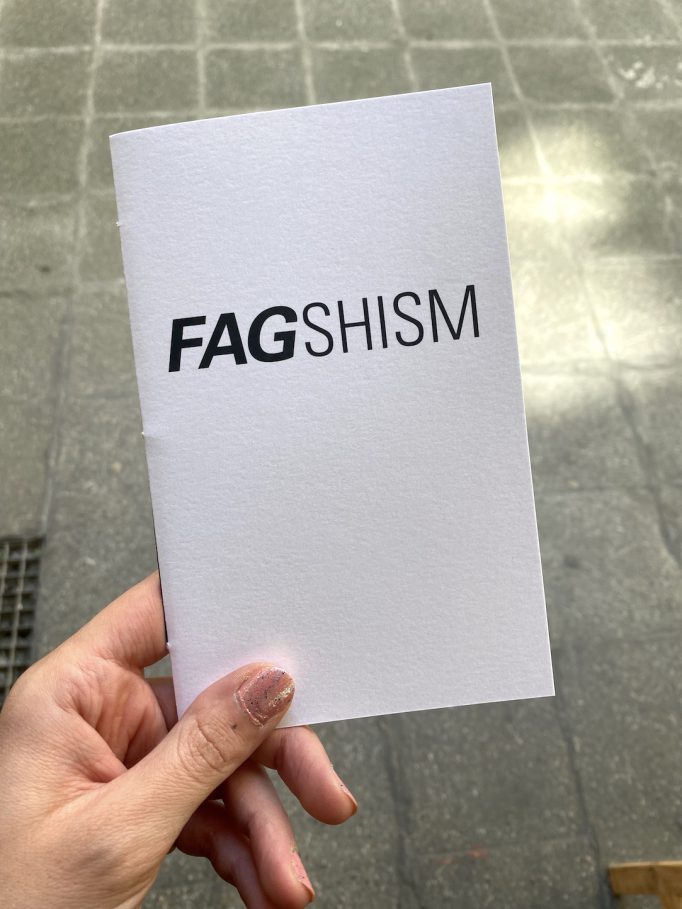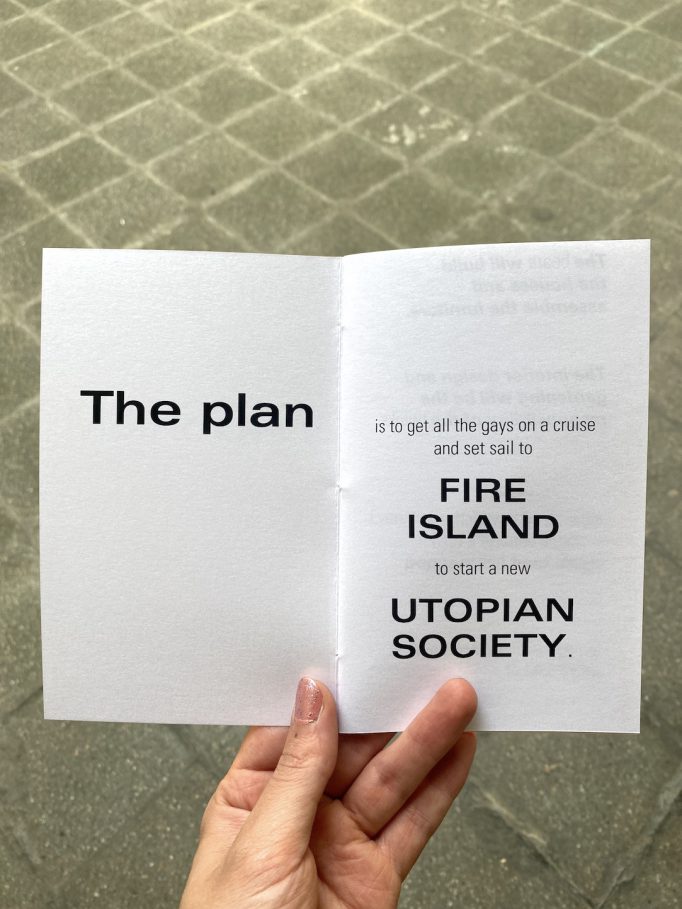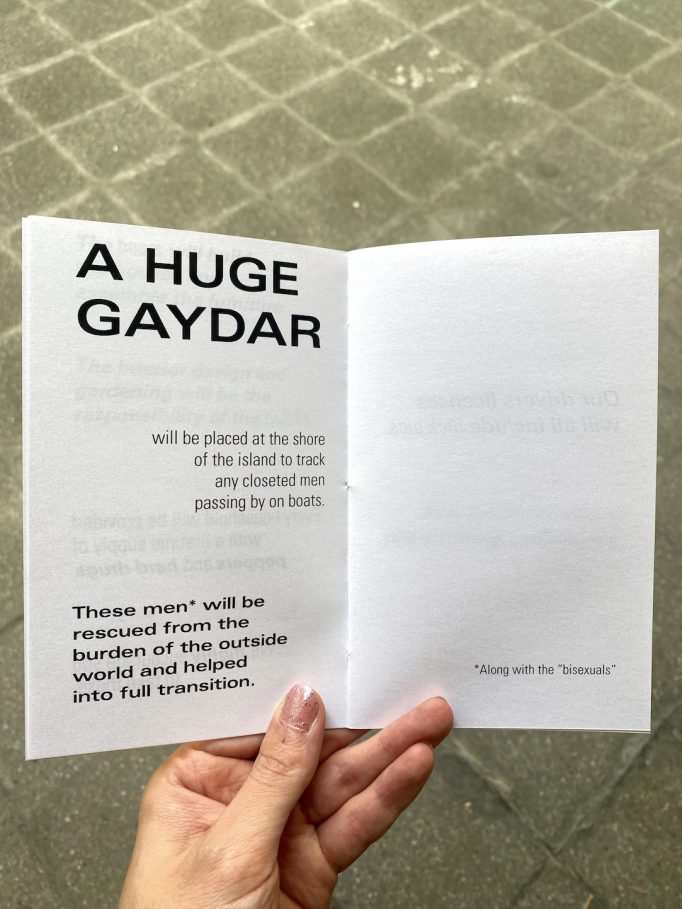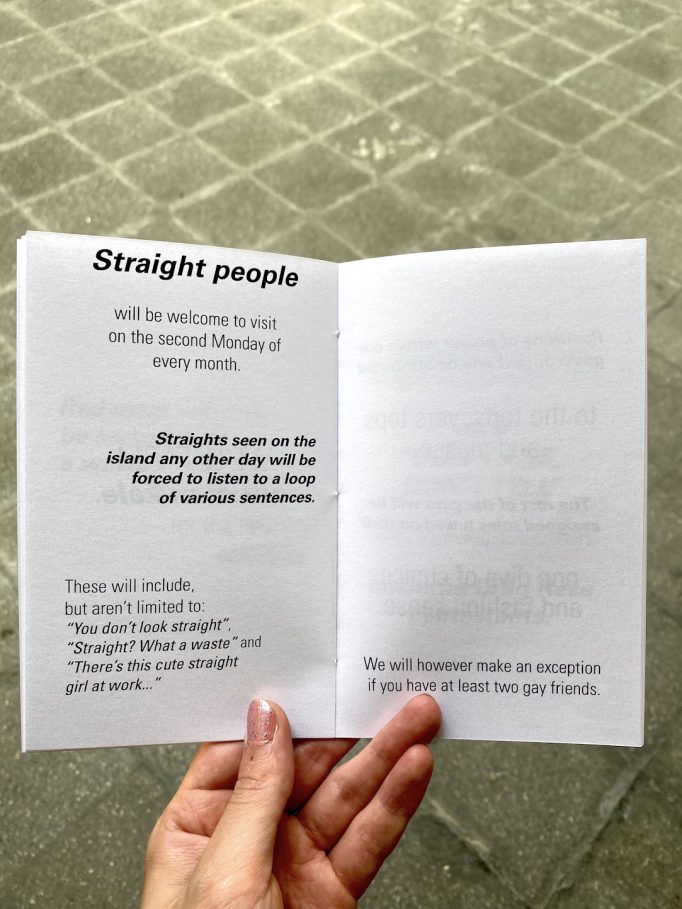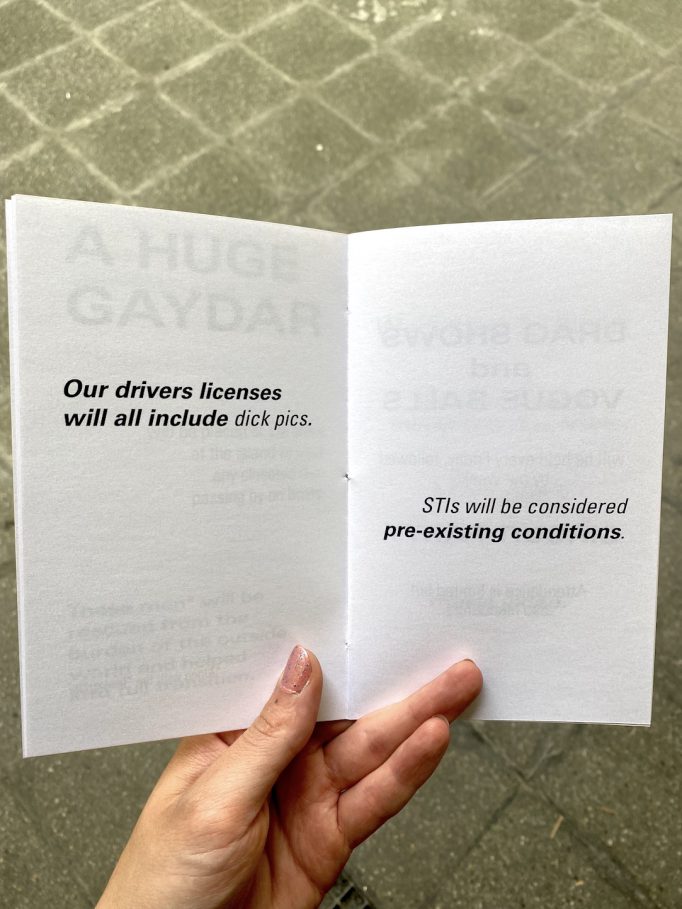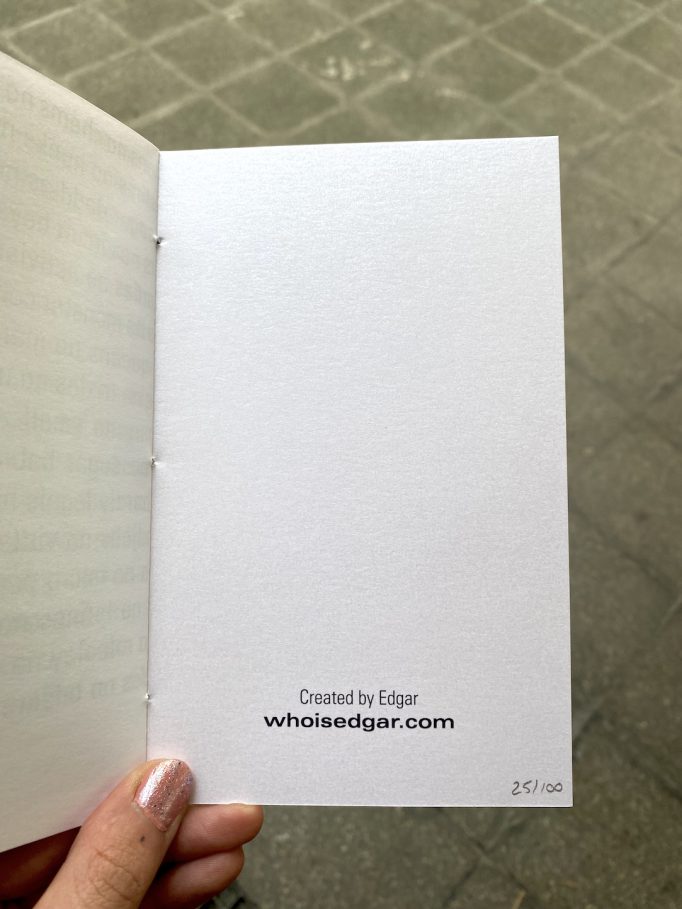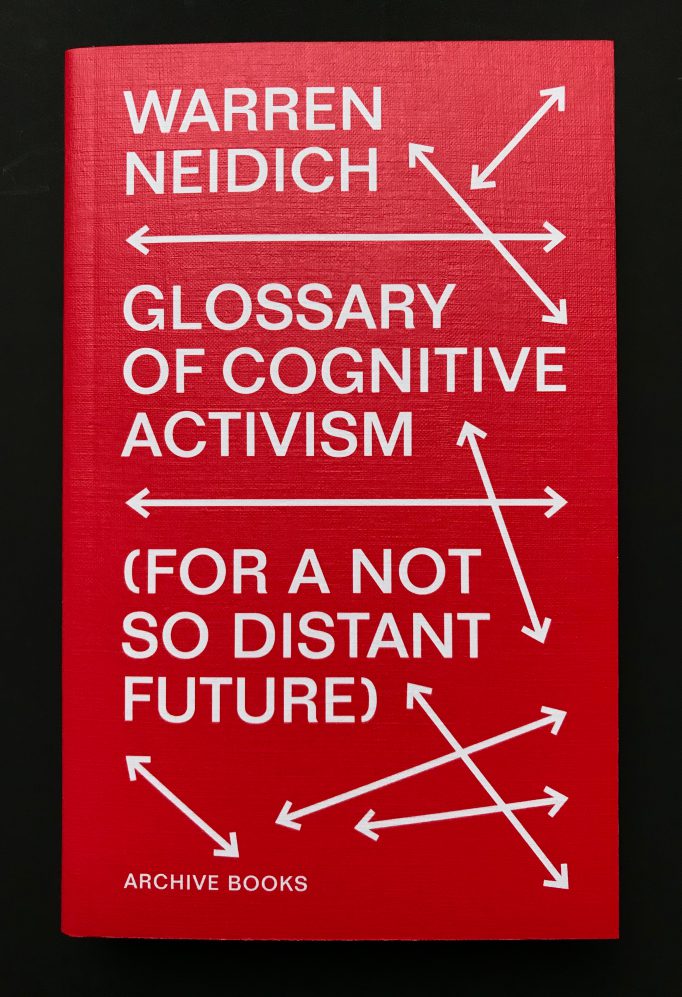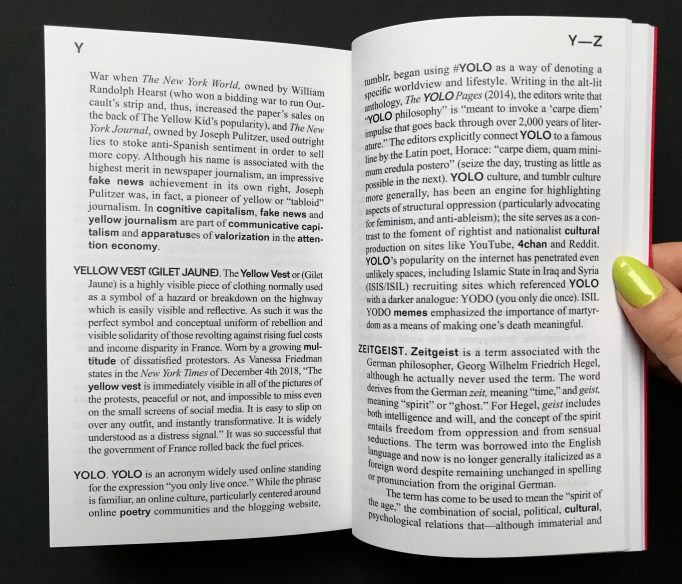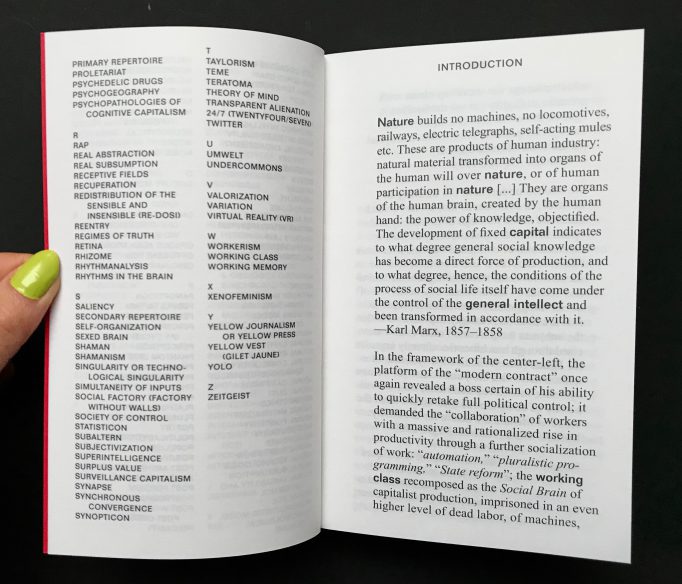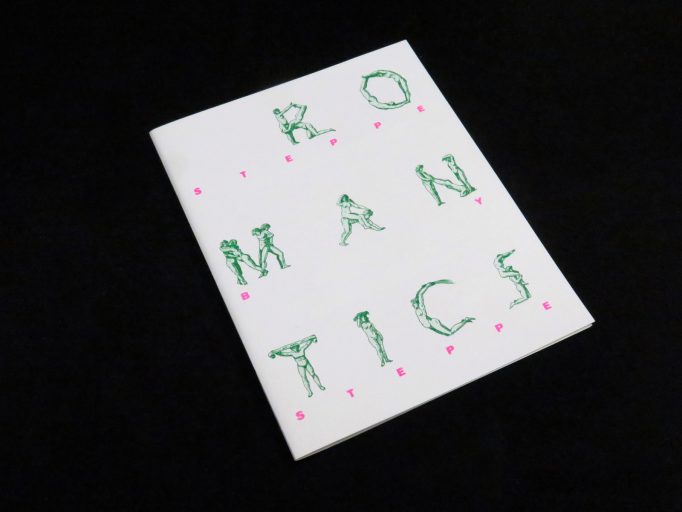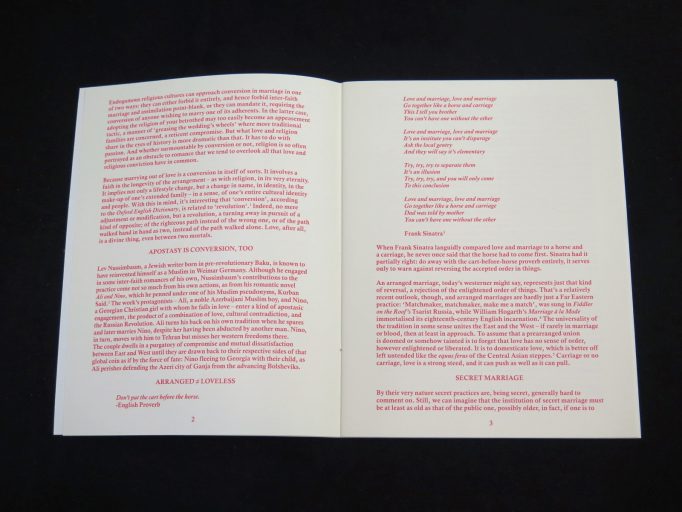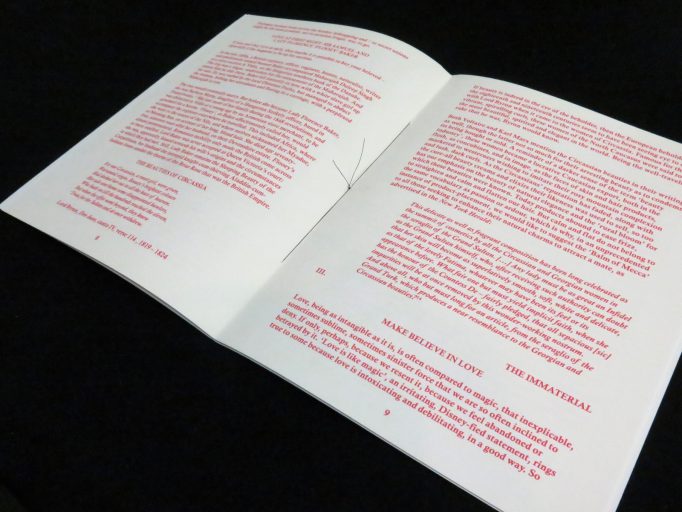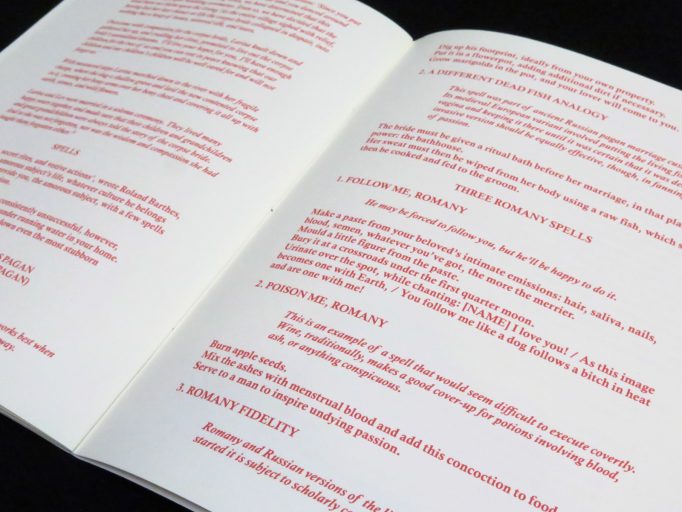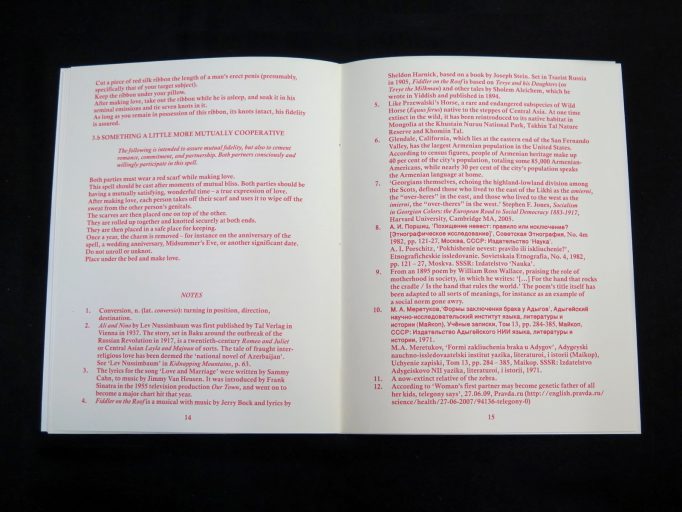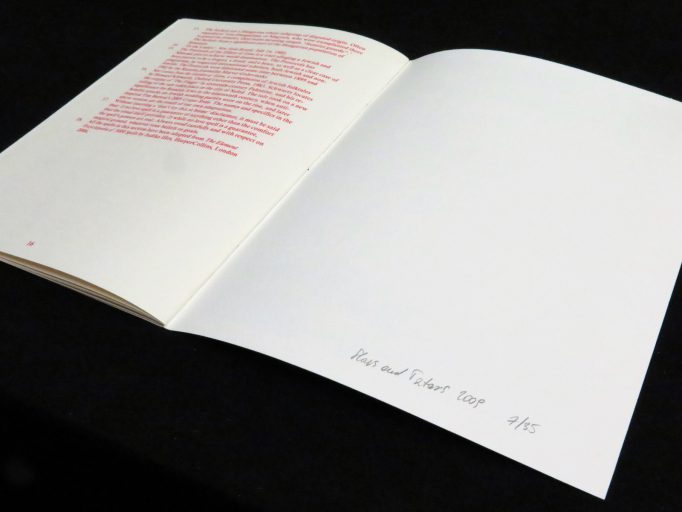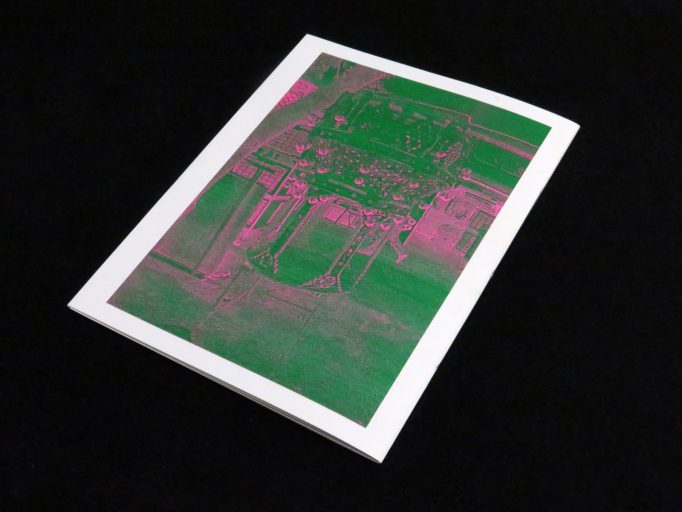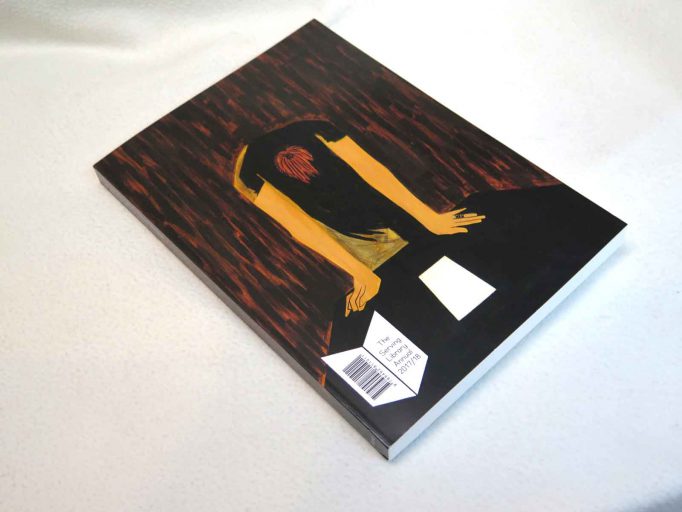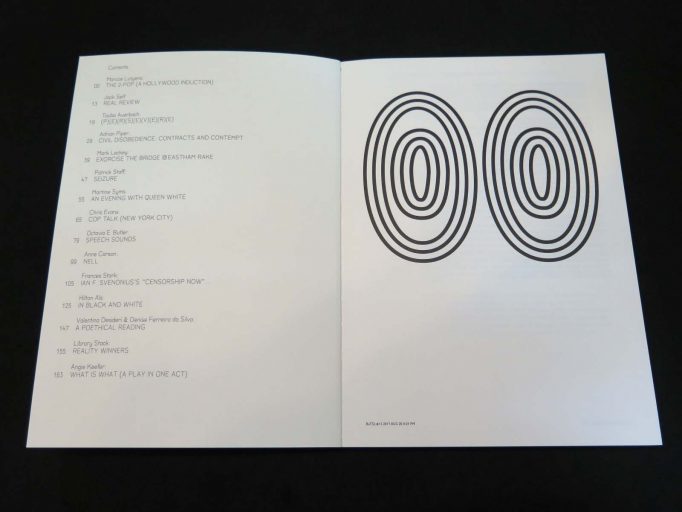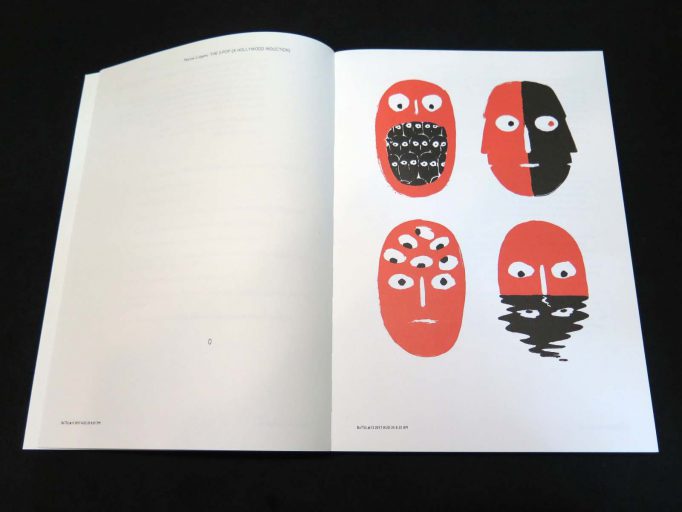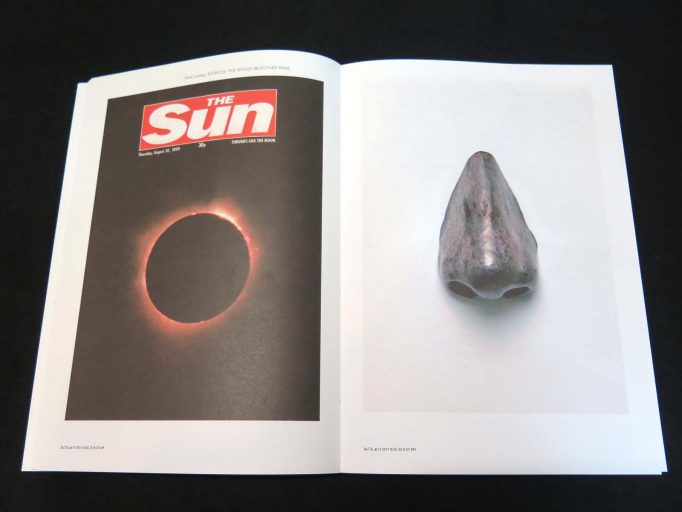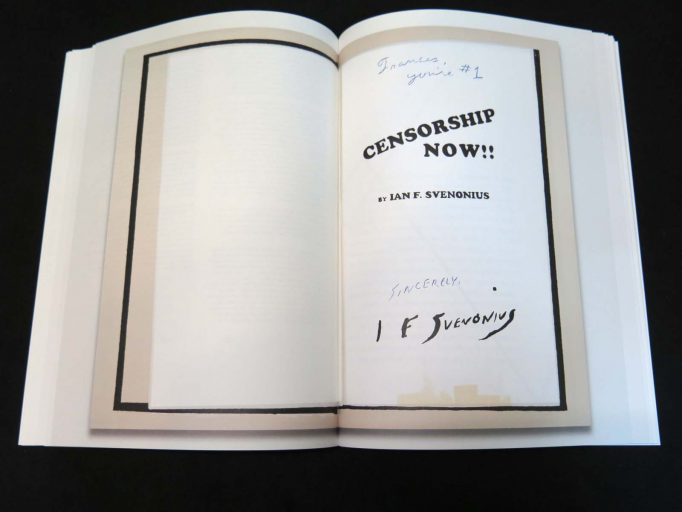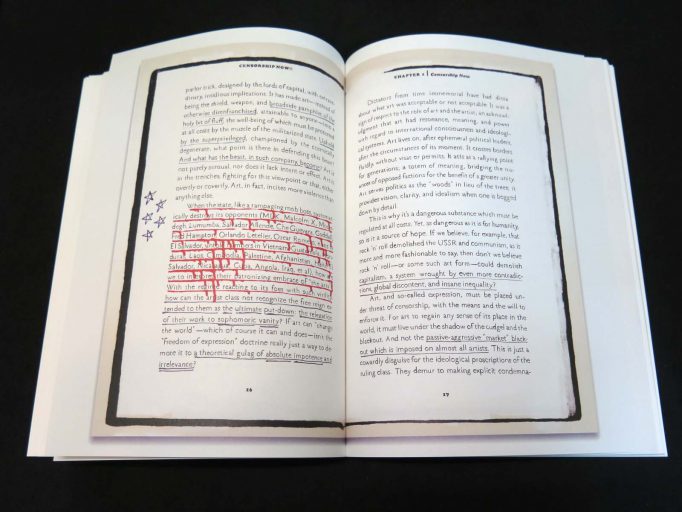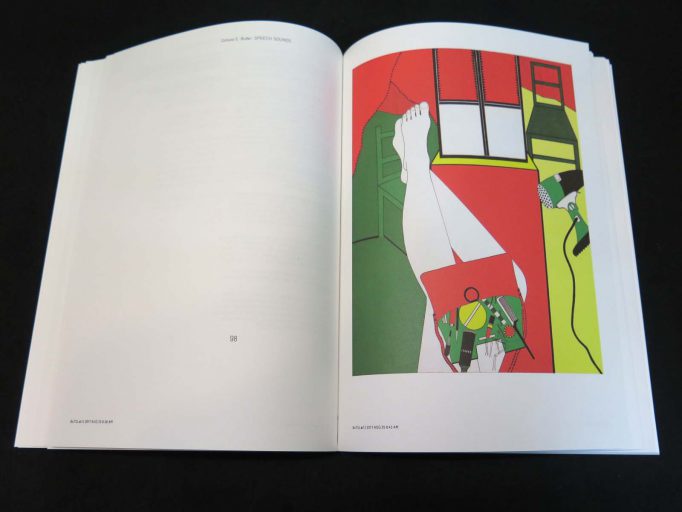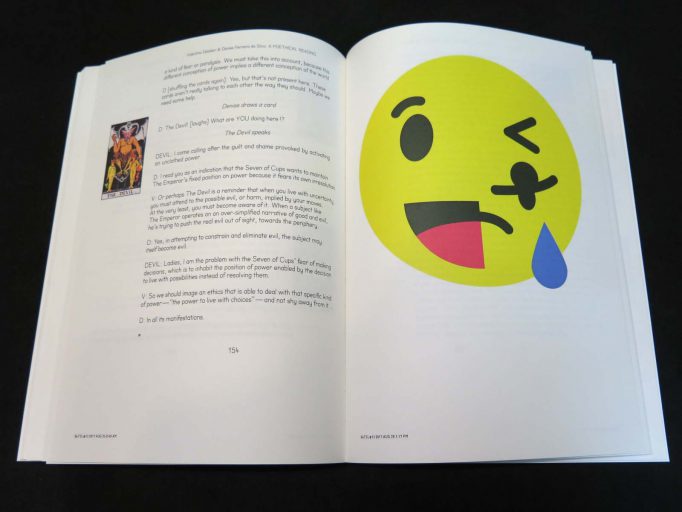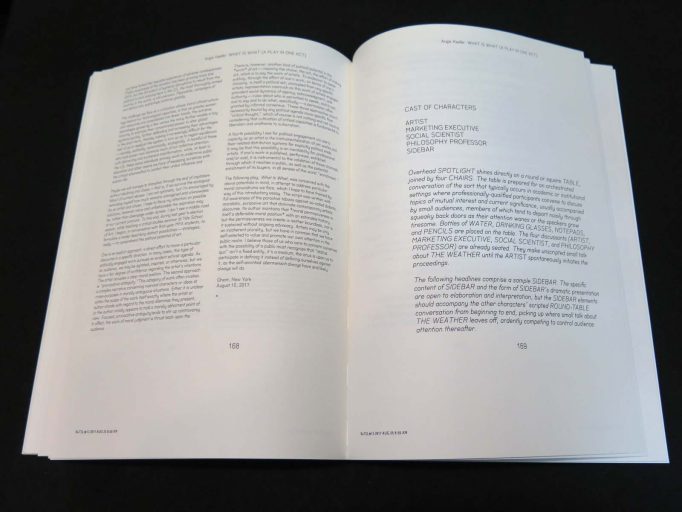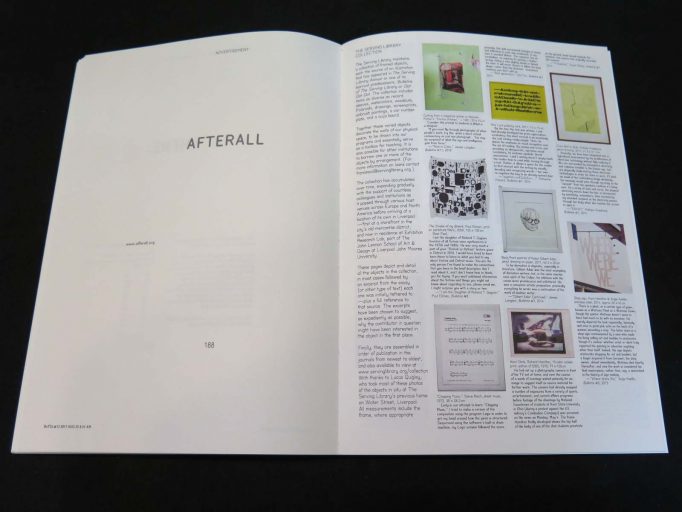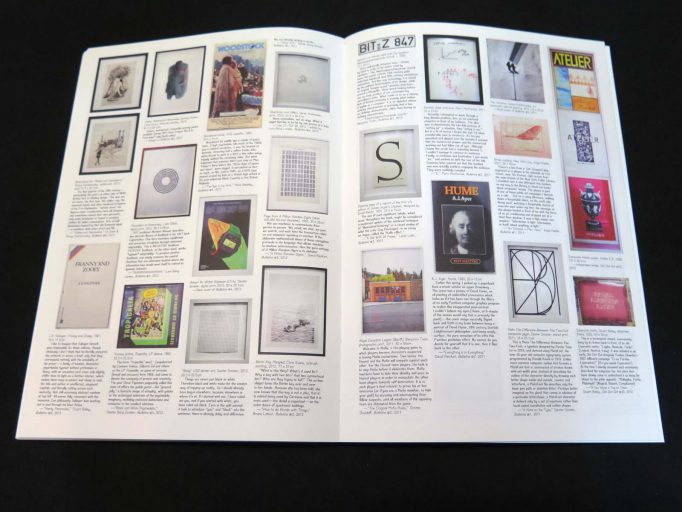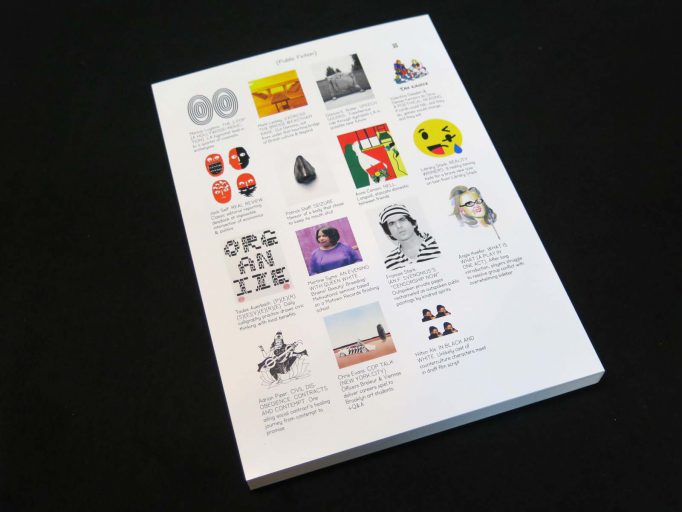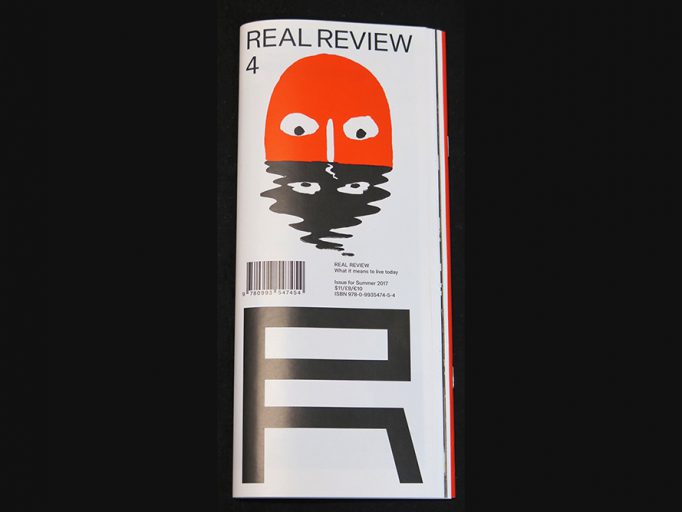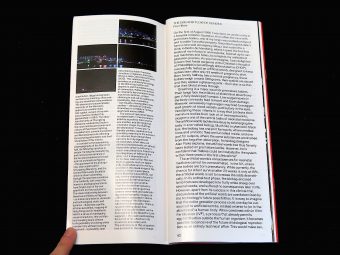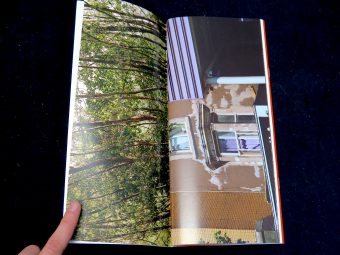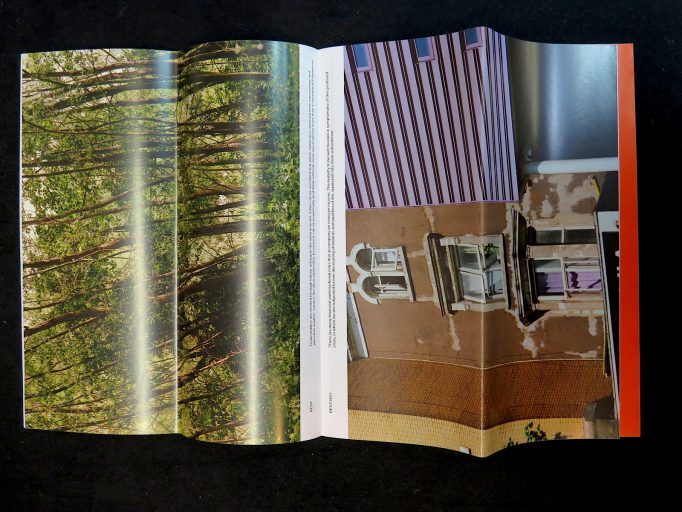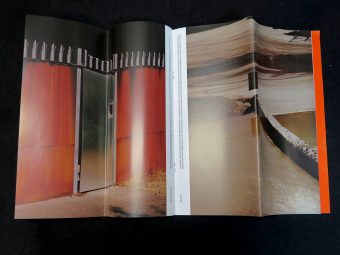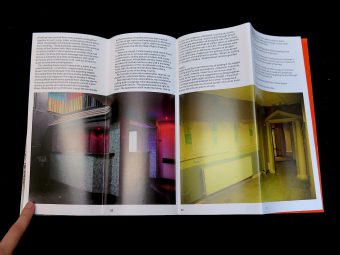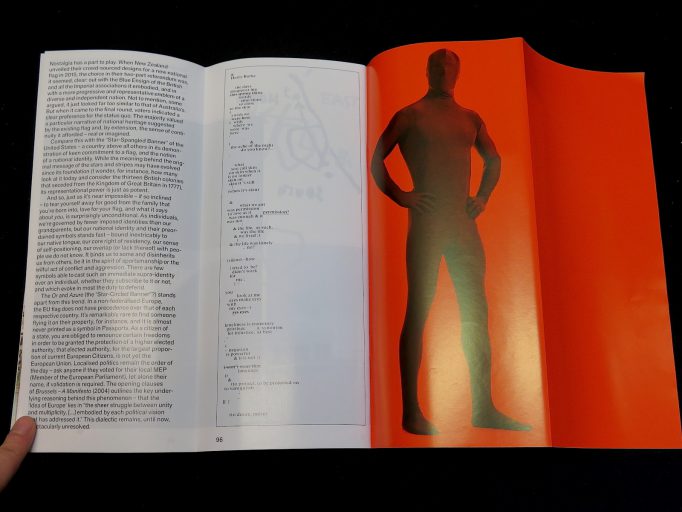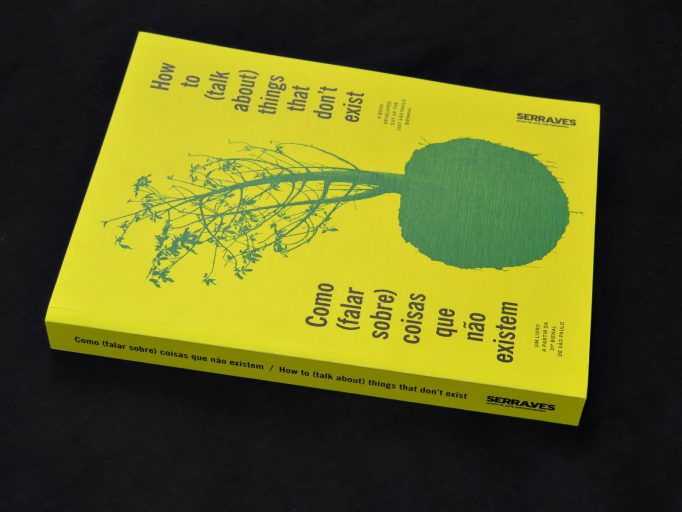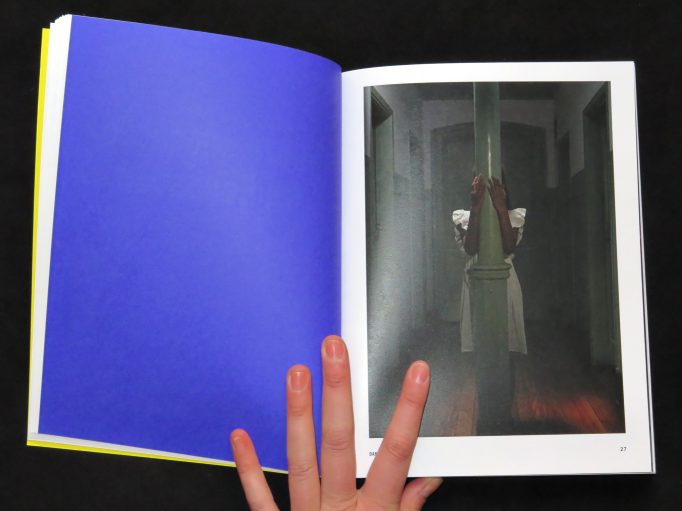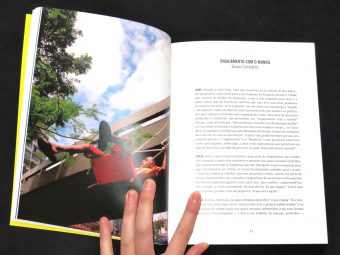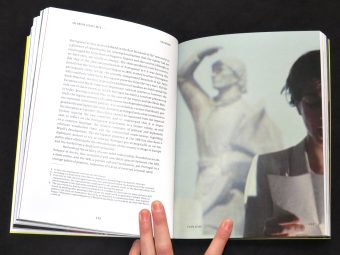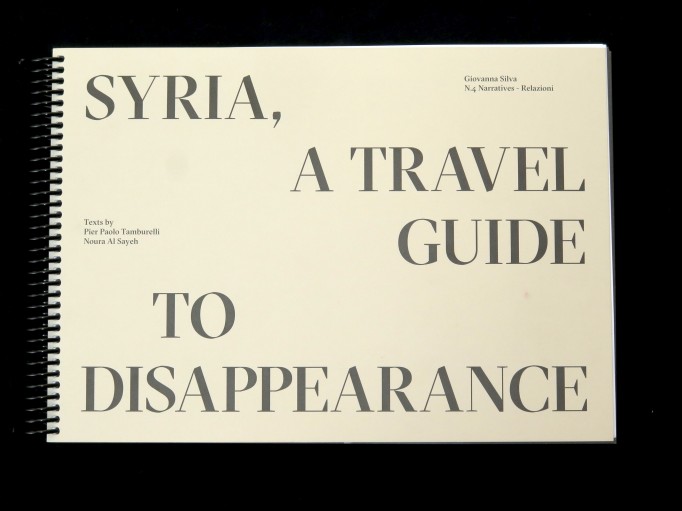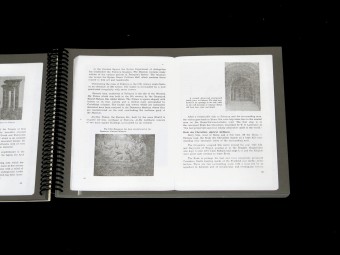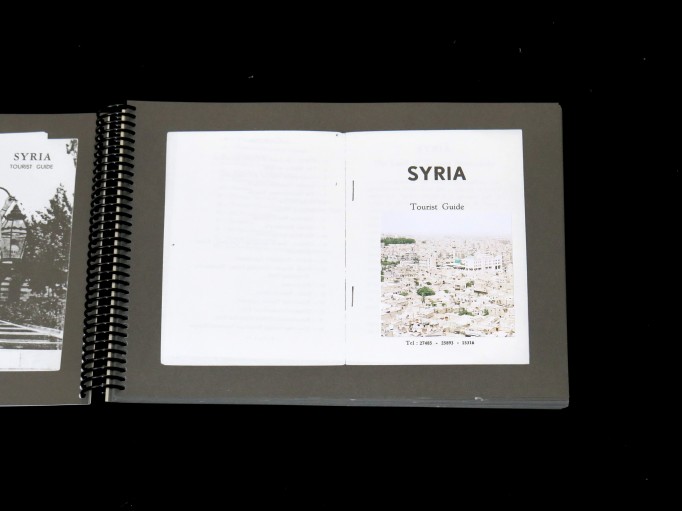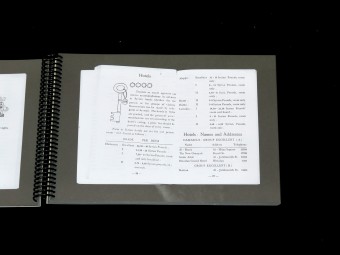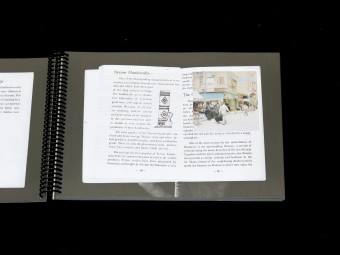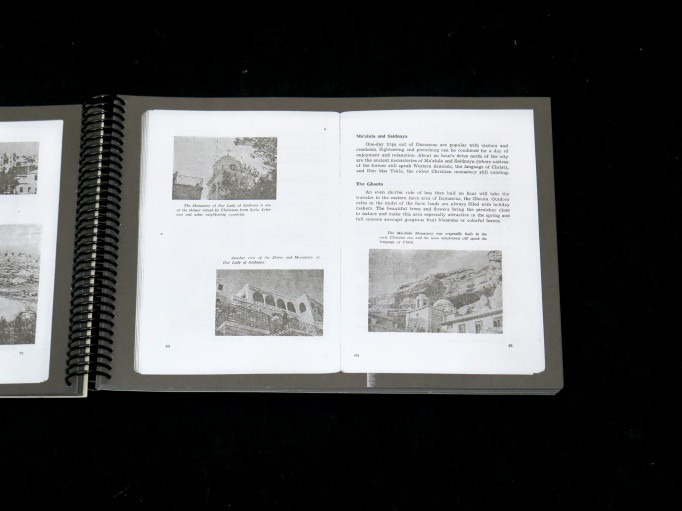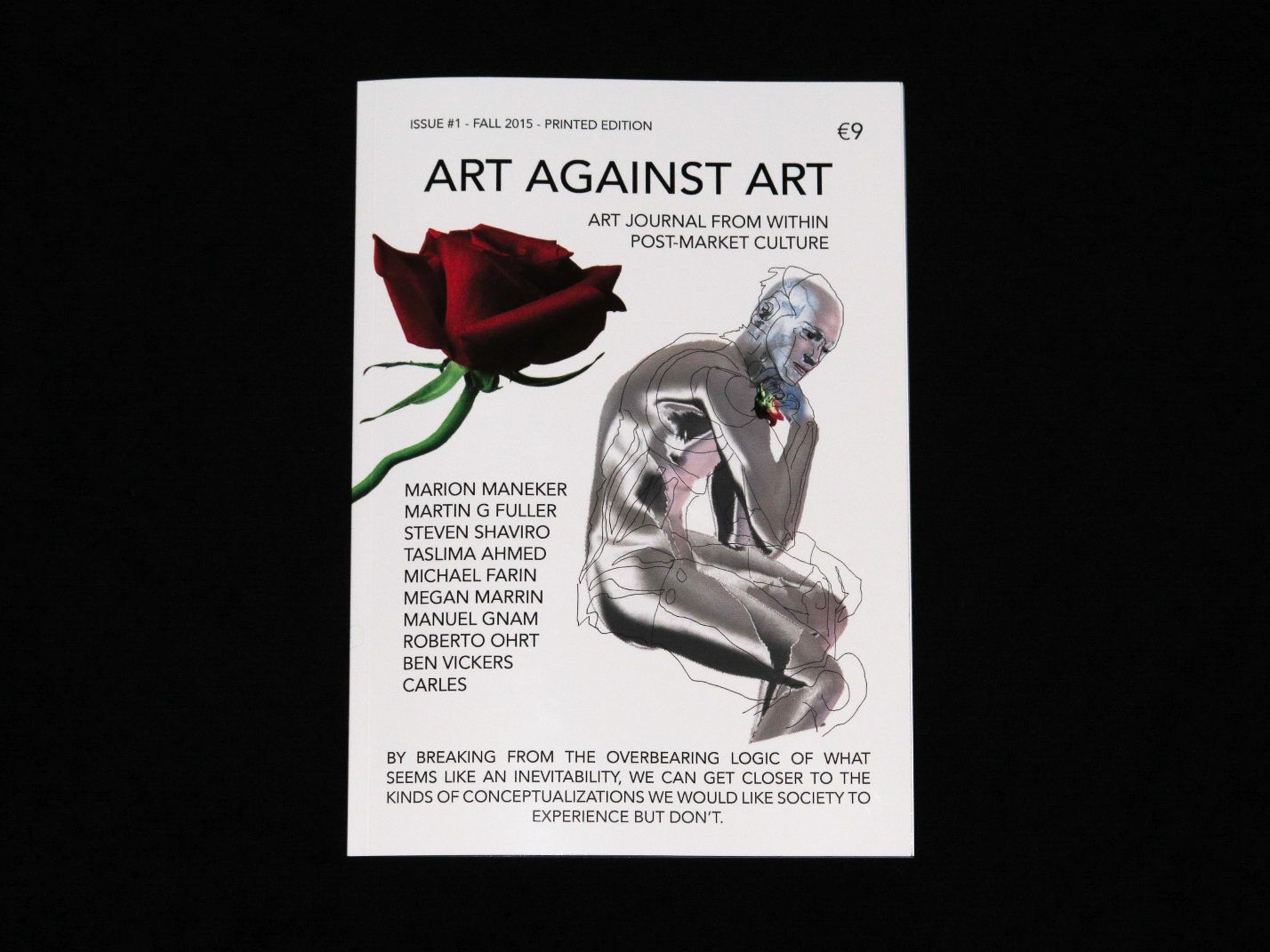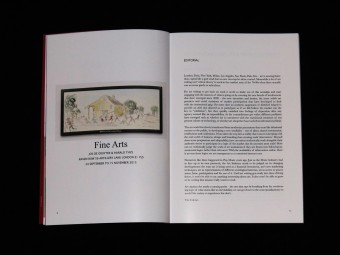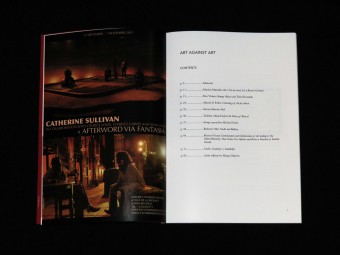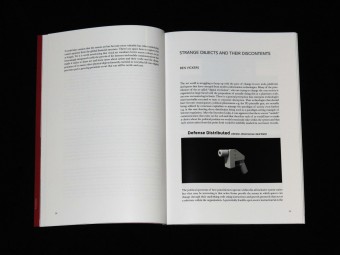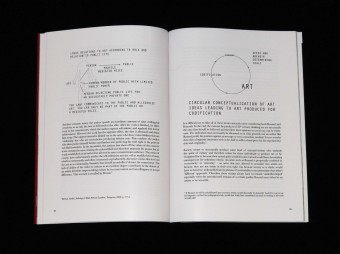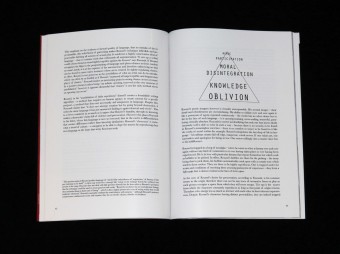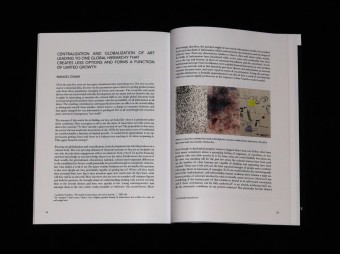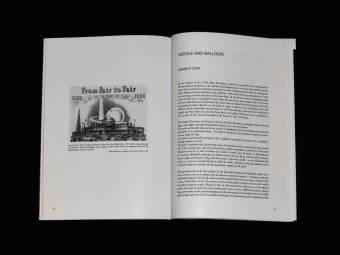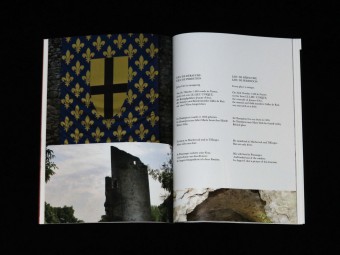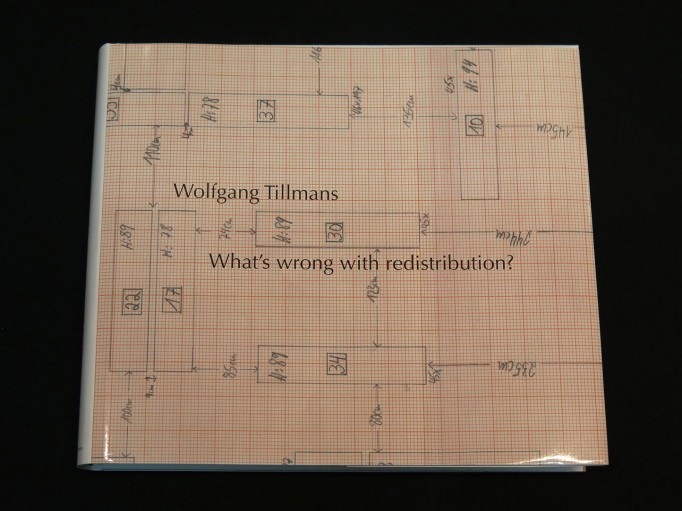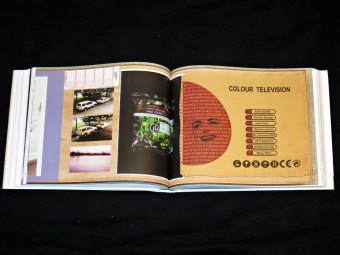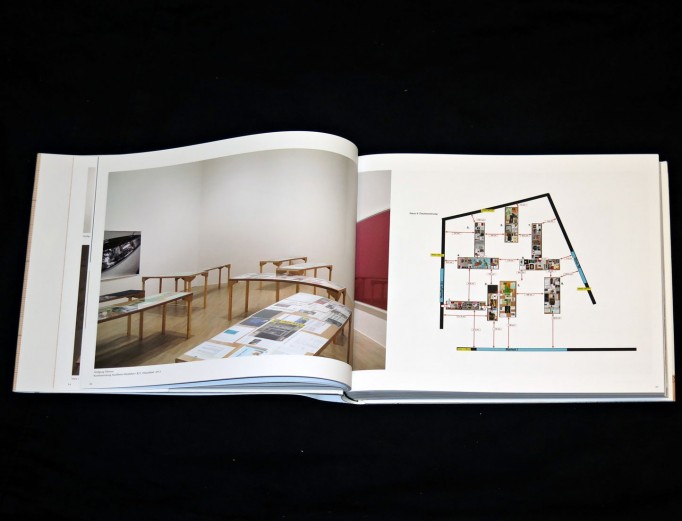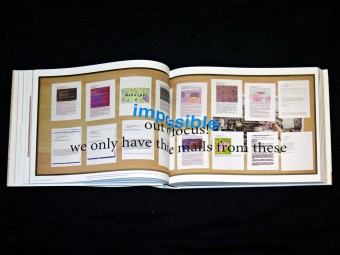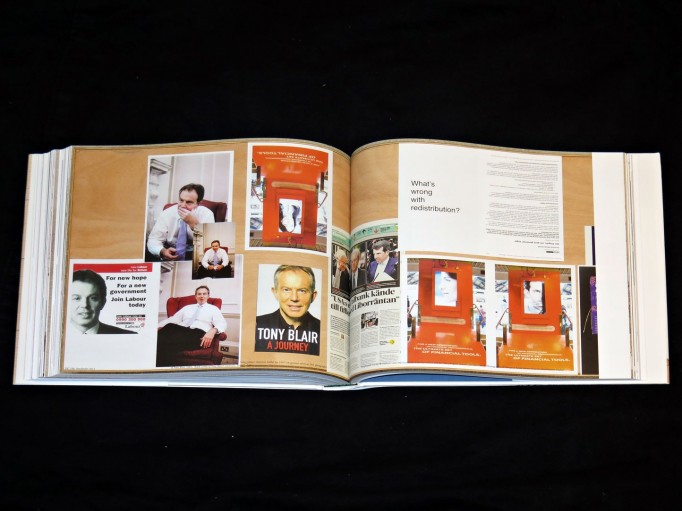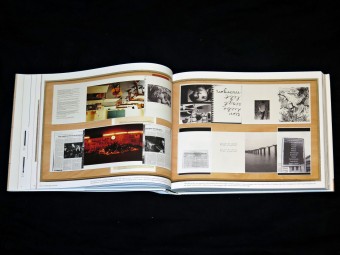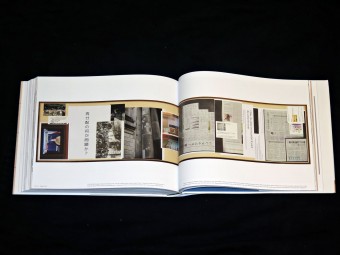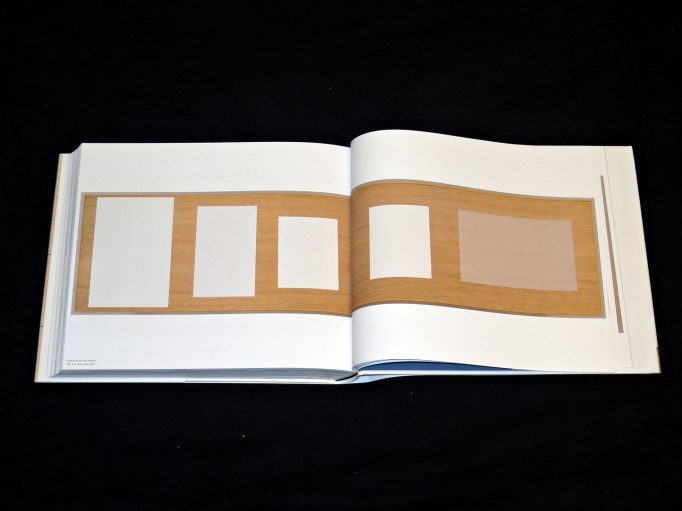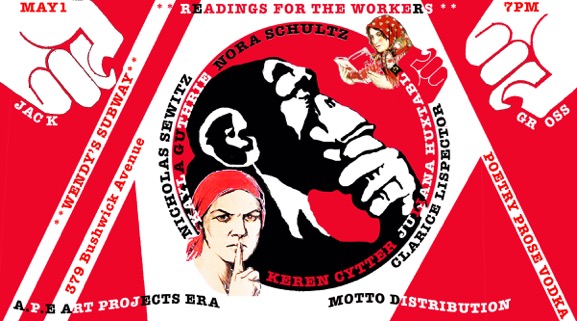
Dear friends and families,
Please join us to celebrate an Asexual international working day on May 1.
With contributions by Nora Schultz, Kayla Guthrie, Nicholas Sewitz, Clarice Lispector, Juliana Huxtable and Keren Cytter.
The event is hosted by Jack Gross.
On the occasion of Motto’s temporary bookstore at Wendy’s Subway, open every Saturday and Sunday from 12pm to 6pm and during evening events, May 1st through May 29th.
**Free Vodka**
May Day for Worker and Communists – “A decidedly non-pagan, asexual May Day celebration is that of International Workers’ Day, a holiday created by socialists and labor organizers in commemoration of the Haymarket Riot of May 4th, 1886 (also called the Haymarket Massacre or, more cautiously, the Haymarket Affair).
In post-Civil War America, the Industrial Revolution was in full blaze and workers were suffering. Machines were replacing skilled laborers, hours were increasing, conditions were worsening, and the wages were inadequate. The revolutionary ideas of socialism and Marxism caught on with many of these disenfranchised and antagonized laborers, and the movement for an eight-hour day had gained powerful momentum. With all of this brewing, disputes and riots ignited again and again. Then at a large protest in Chicago’s Haymarket Square someone threw a dynamite bomb at the cops, which triggered a battle that left at least twelve dead and many more wounded. The riot was followed by a hugely publicized trial and the eventual hanging of four anarchists, the “Haymarket Martyrs.” This violent clash in Chicago became a powerful symbol for radical labor groups. A few years later, the Second International officially initiated the tradition of May Day labor demonstrations that continue still.”
Poetry – “Literary work in which special intensity is given to the expression of feelings and ideas by the use of distinctive style and rhythm; poems collectively or as a genre of literature.”
Prose – “written or spoken language in its ordinary form, without metrical structure.”
Vodka – “an alcoholic spirit of Russian origin made by distillation of rye, wheat, or potatoes.”

